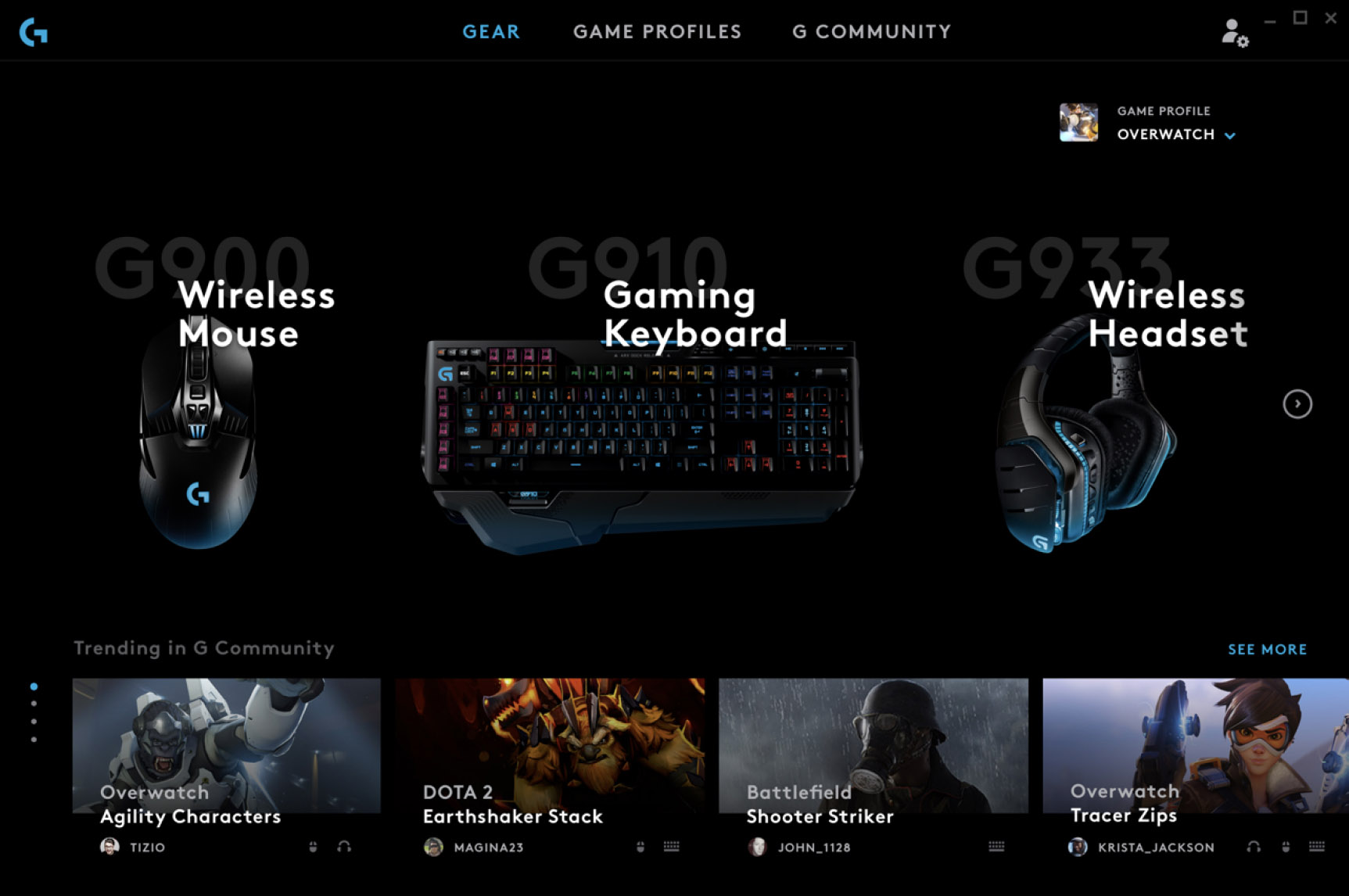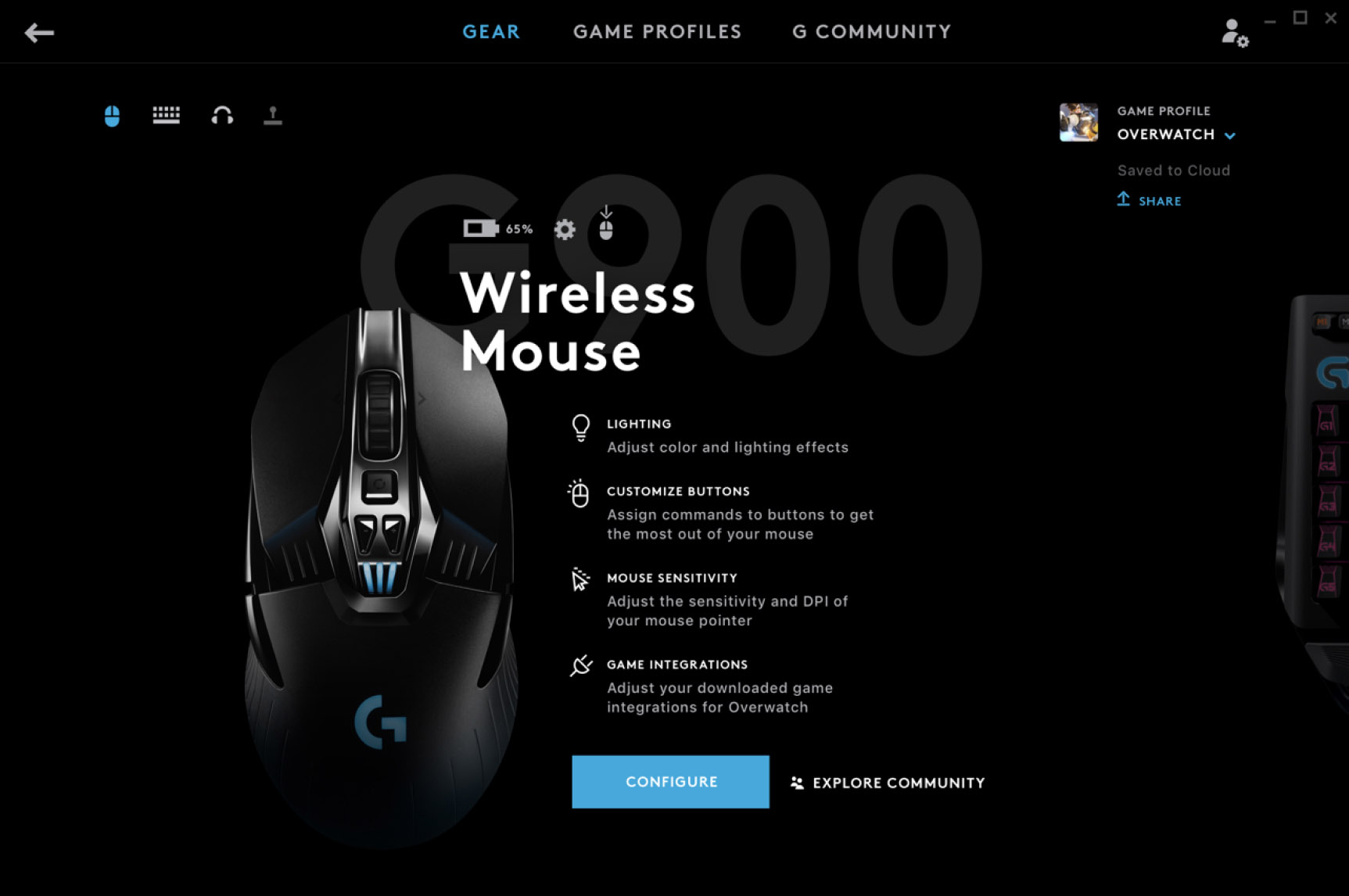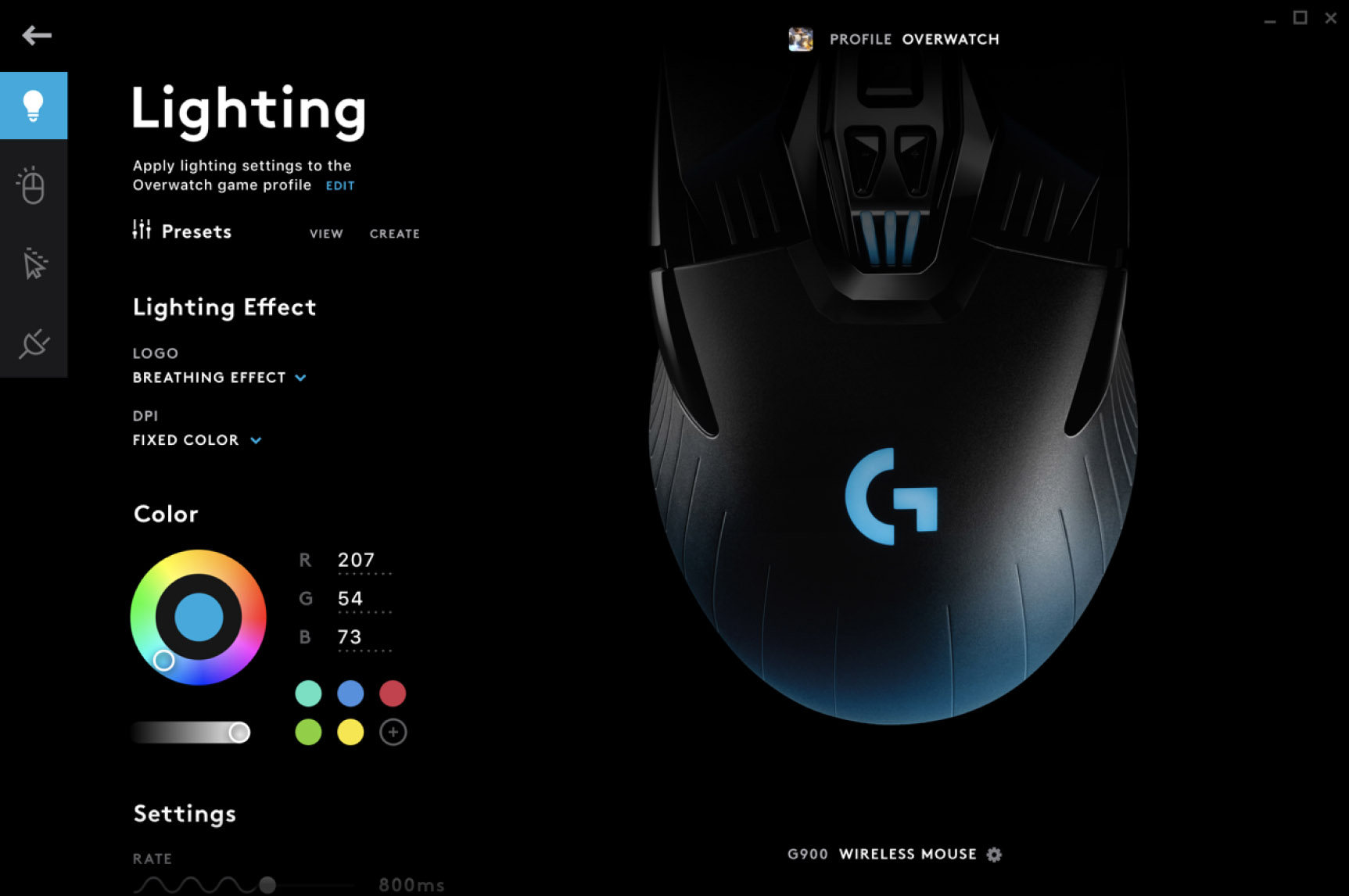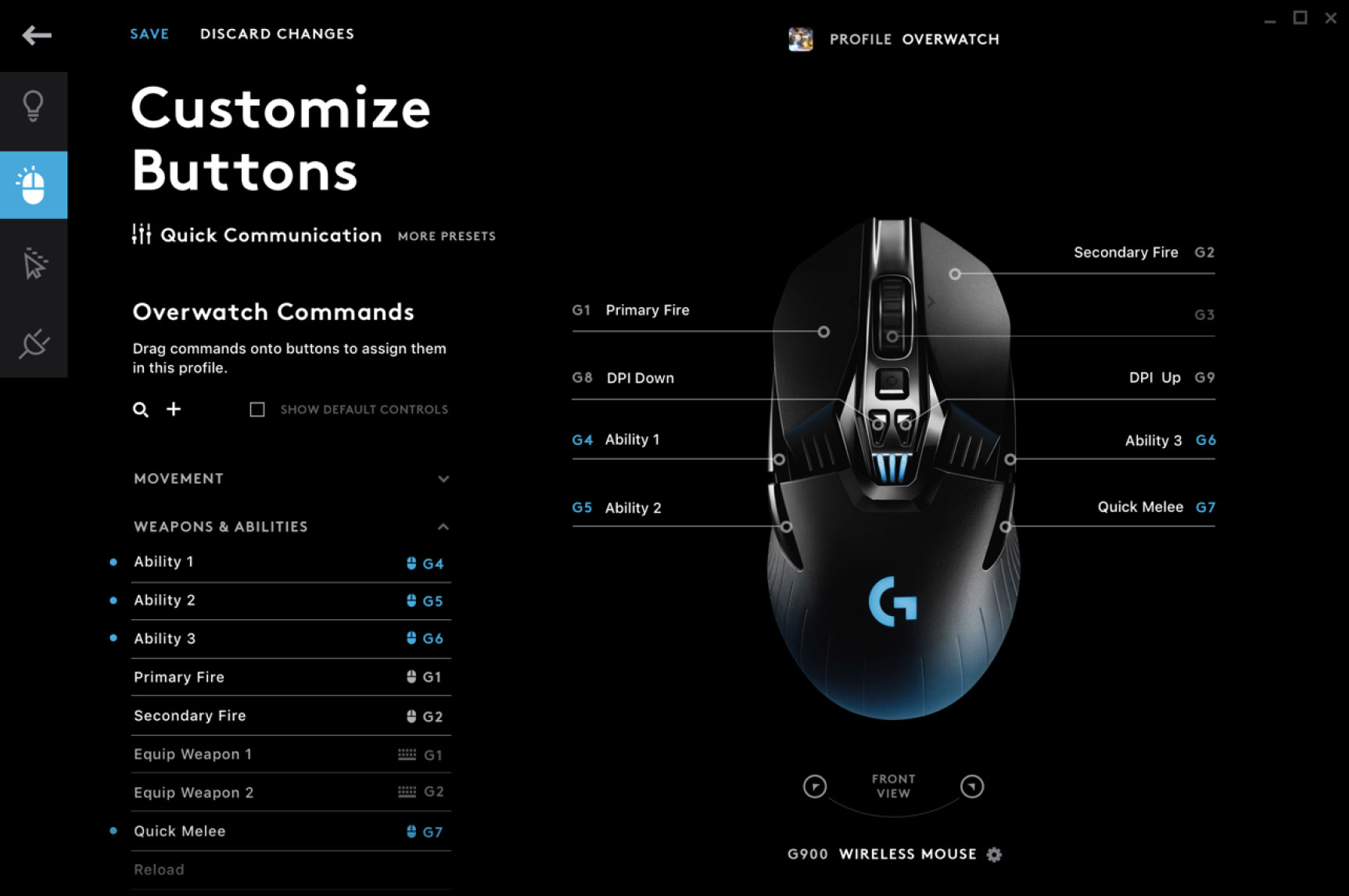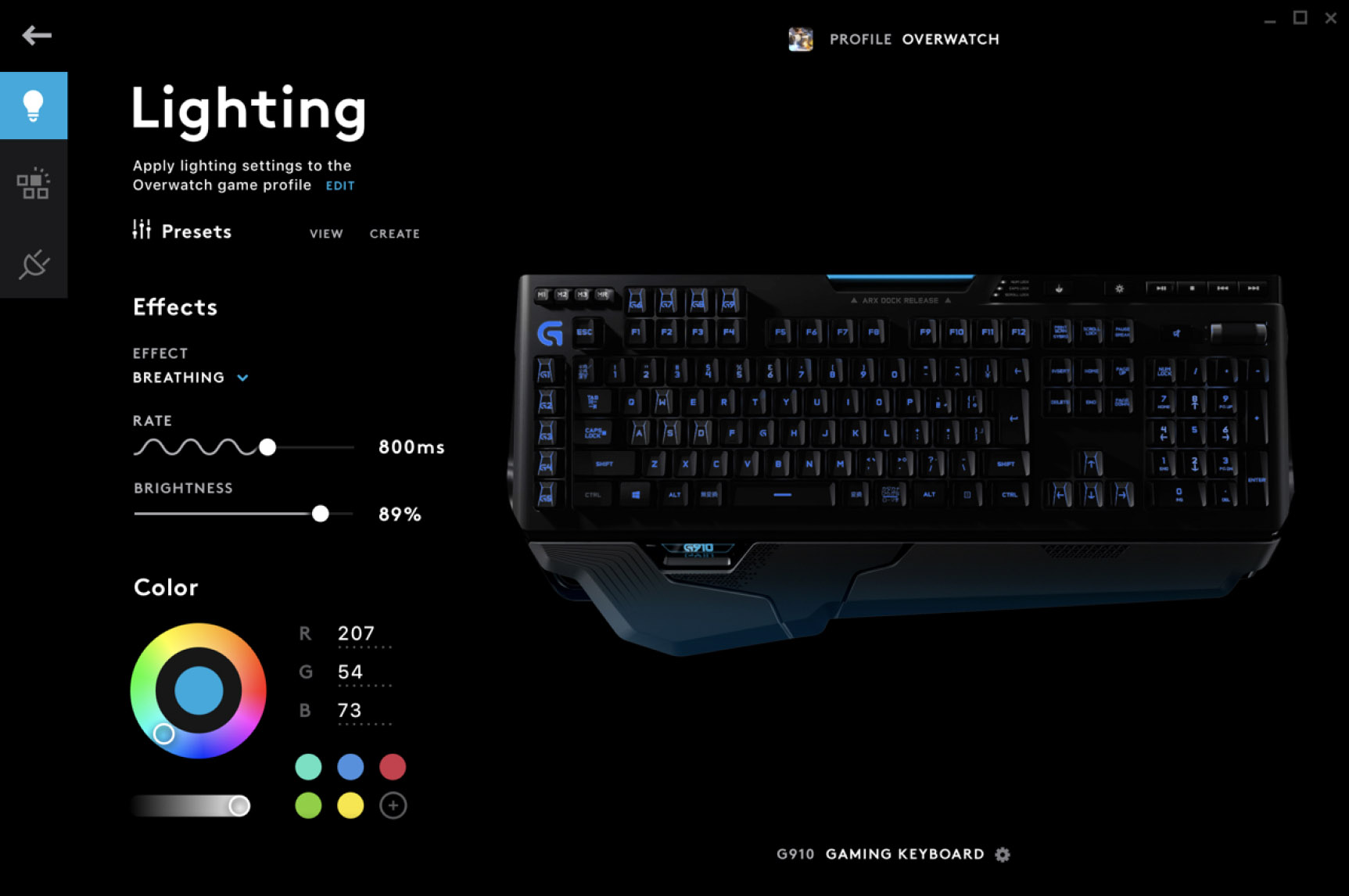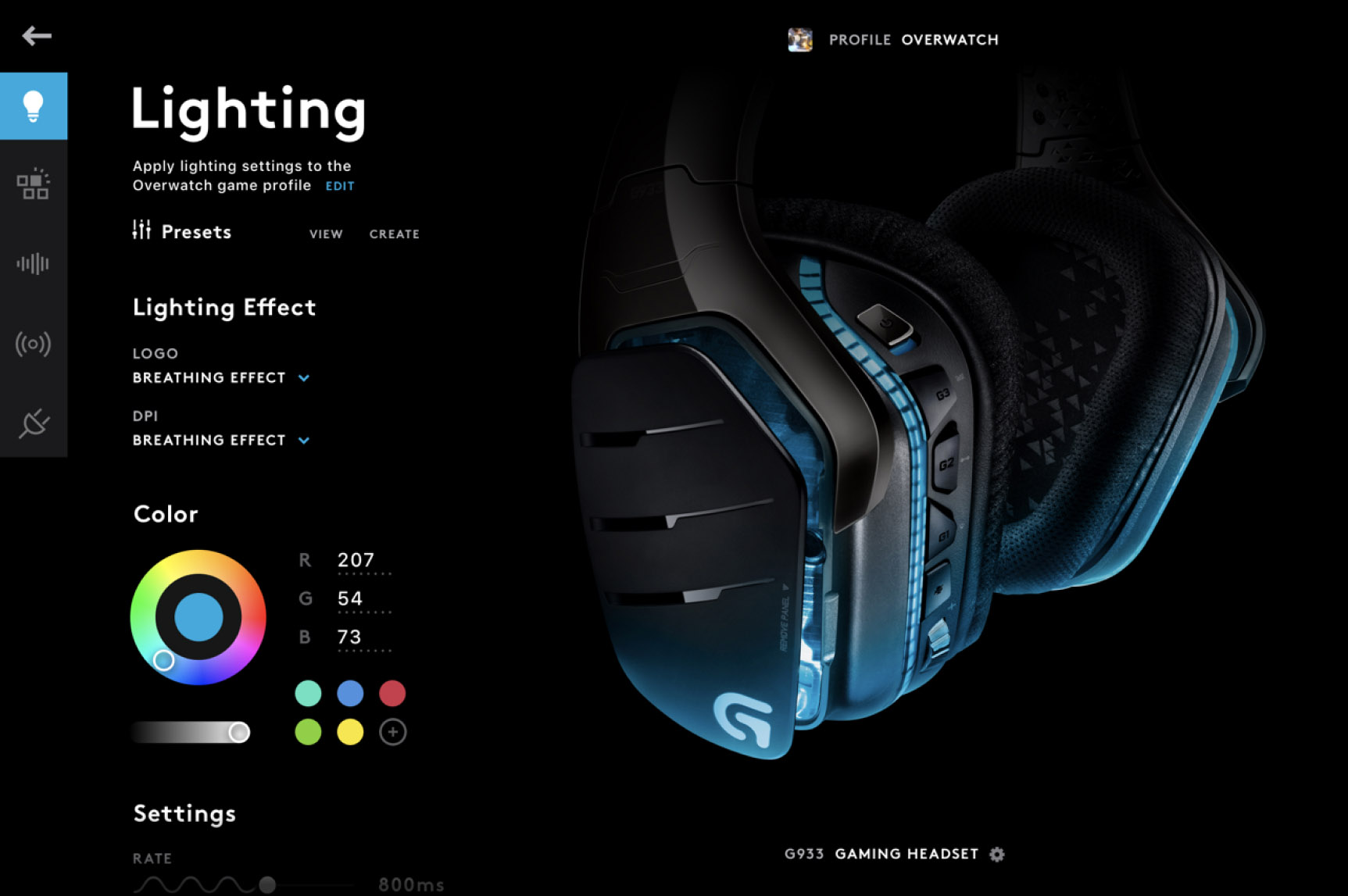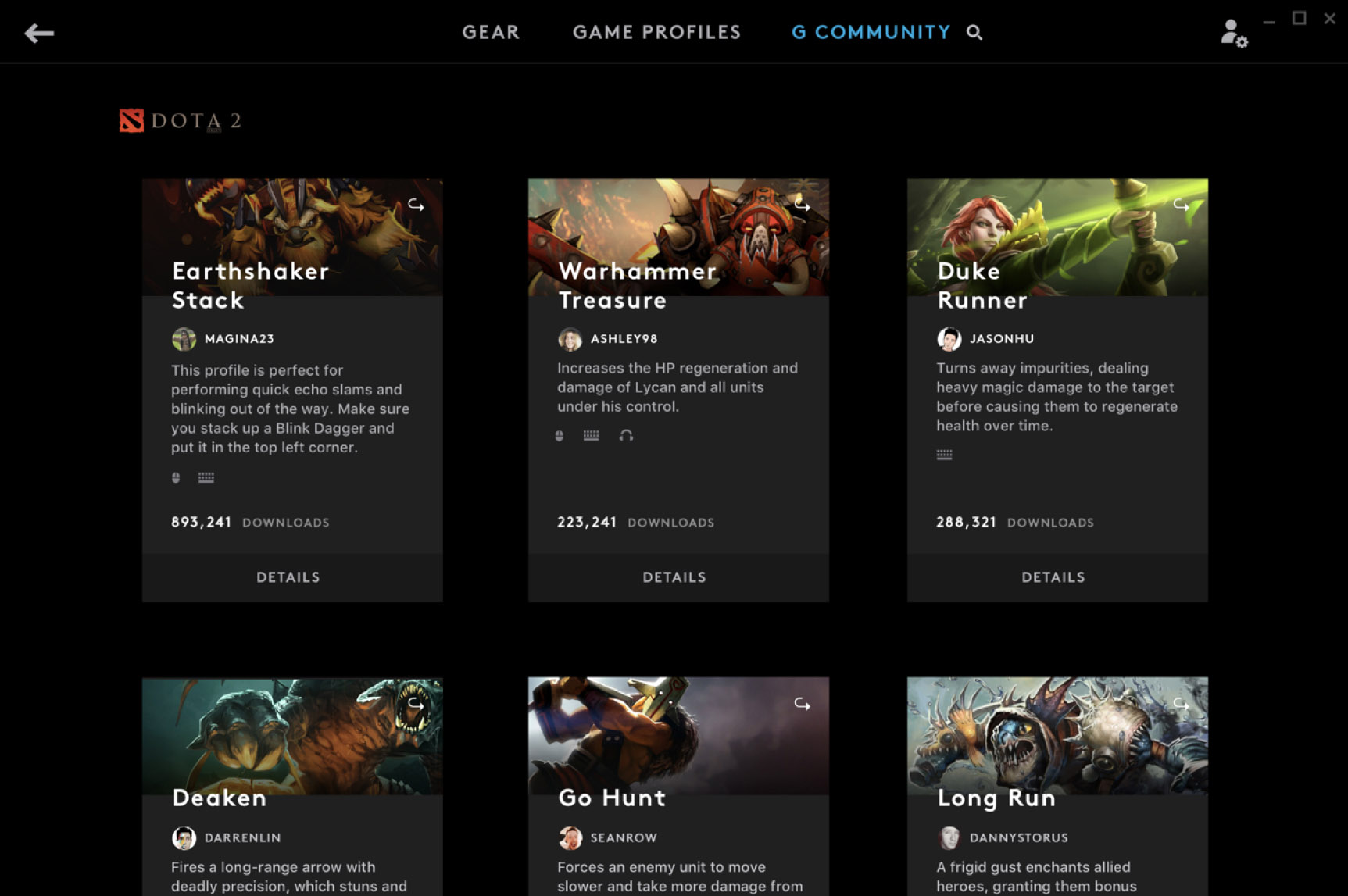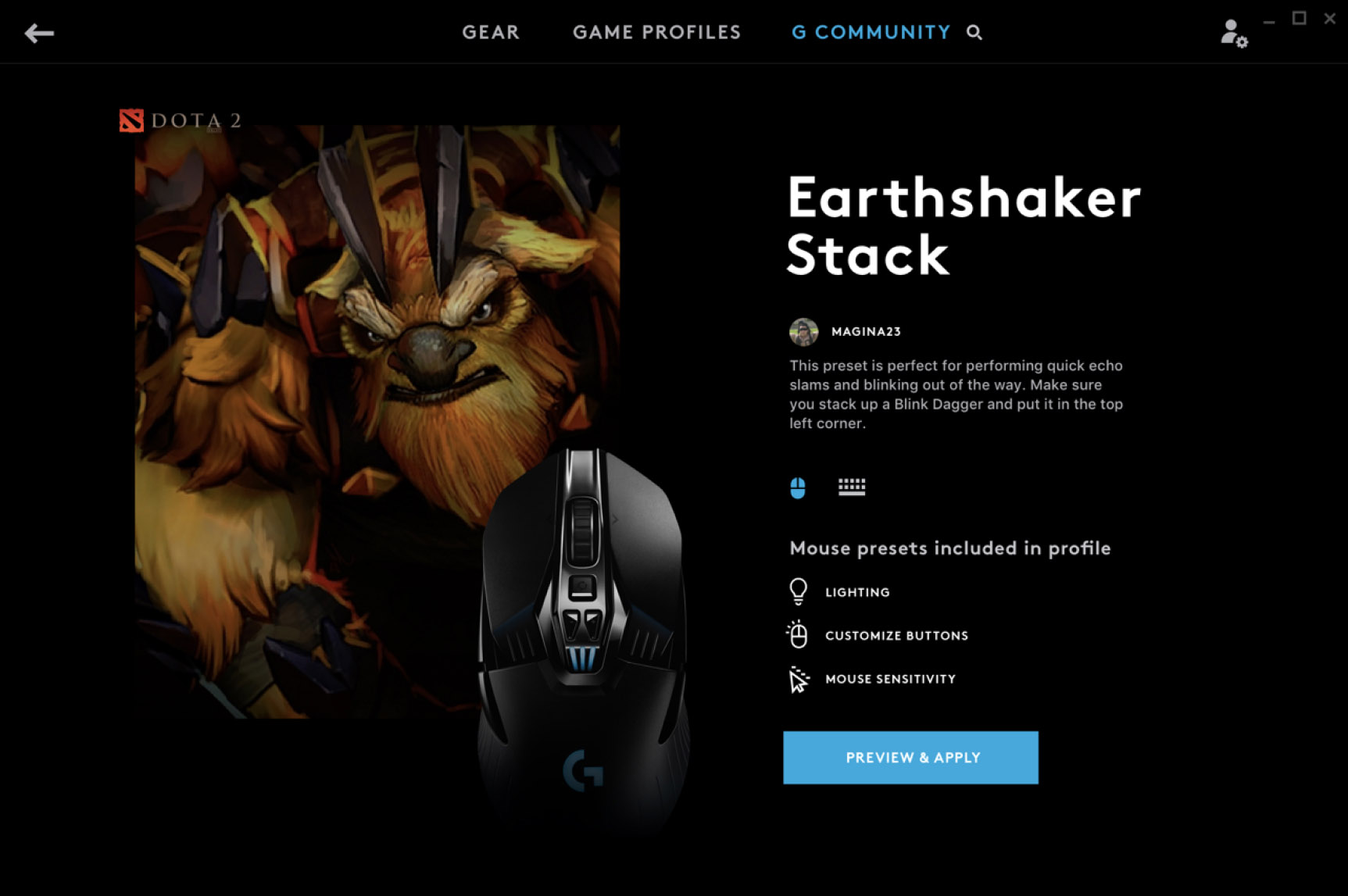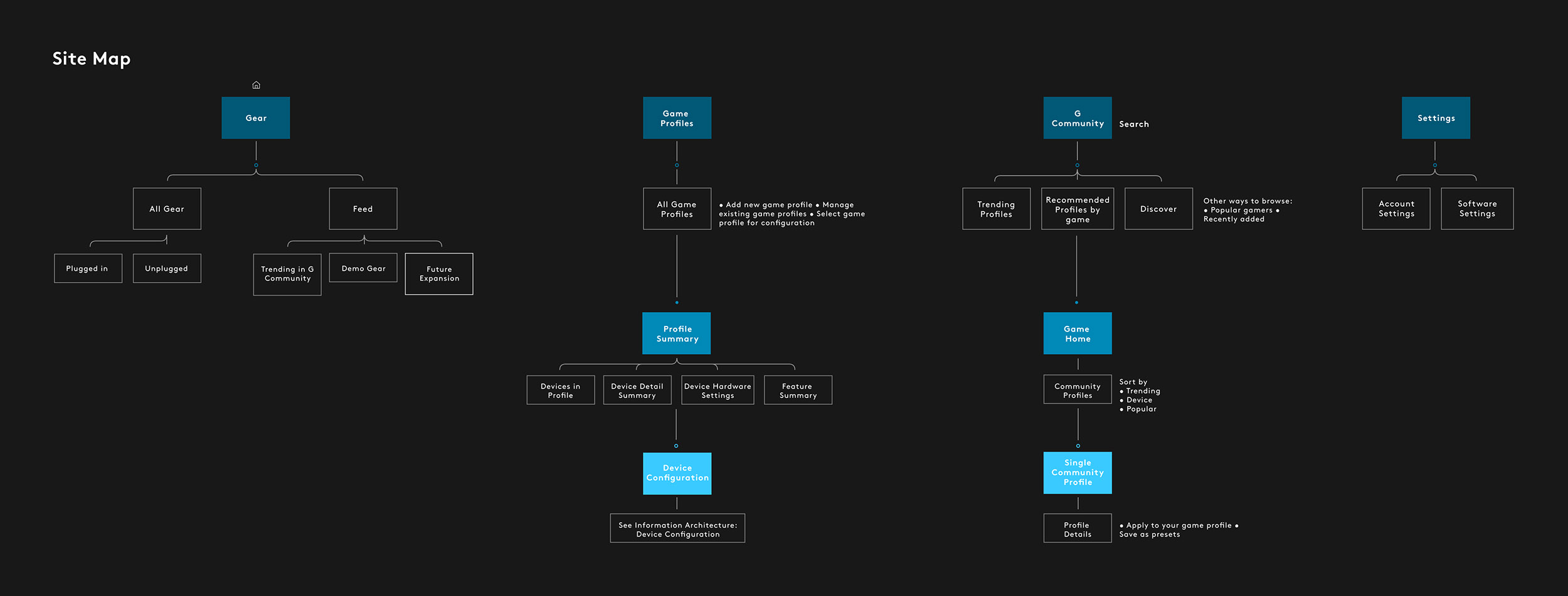Logitech G Hub
Designing a gaming hardware configurator that excites newcomers and doesn’t turn away advanced players
Logitech G Hub
Designing a gaming hardware configurator that excites newcomers and doesn’t turn away advanced players
Redesign of Logitech’s LGS desktop software for intricate configuration of their portfolio of gaming devices.
In efforts of bolstering their presence in the gaming community, Logitech found the need to relaunch their LGS gaming device configuration software as G Hub. Along with a suite of new advanced products, G Hub was part of a strategy to position Logitech as a contender with advanced gamers in addition to their existing casual gamer market. We designed G Hub to cater to both audiences.
Entering in phase 2 of the project, my role was to take the original team’s conceptual work and create a coherent, validated, and launchable product.
Client
Logitech
Method (Internal)
Date
2017
Role
Role
Lead Designer
Type
Product Design
Testing & Validation
Process
Creating an information hierarchy to ensure simplicity and clarity
G Hub had to support a wide range of devices across any number of games with customizable profiles. The level of customization can go from simple to complex quite quickly, and had to be managed through an intuitive system hierarchy. We designed an information architecture to solve this hierarchy and a site map to demonstrate how the software would express it.
Process
Rapid iteration to solve feature needs
The information hierarchy illuminated new relationships that needed to be expressed through features in the software. Though a conceptual visual direction had been set in the previous phase, we used wireframes to quickly iterate through new layouts and develop the details of the software.
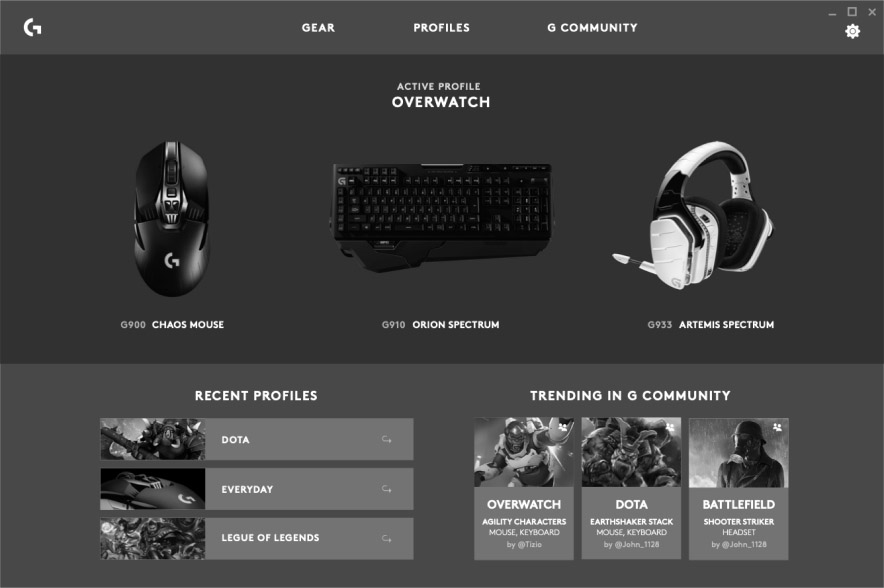
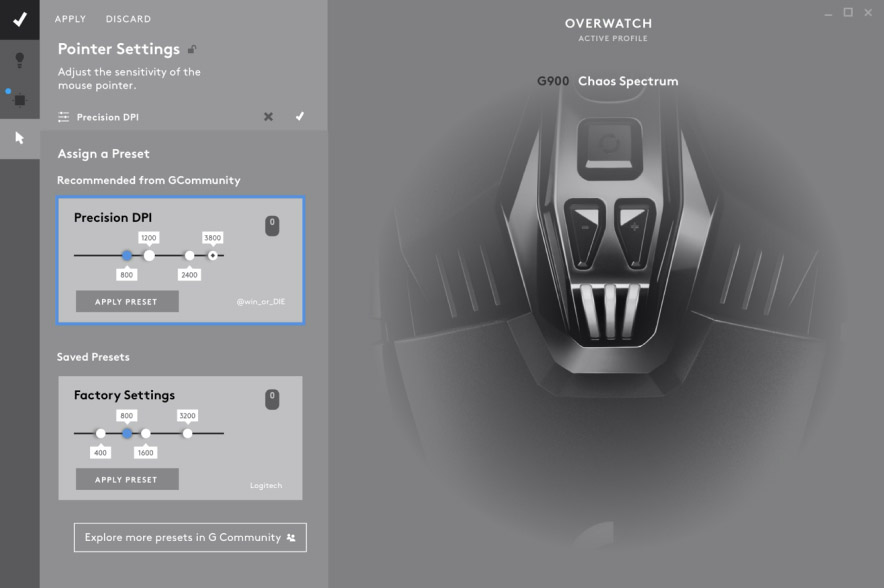
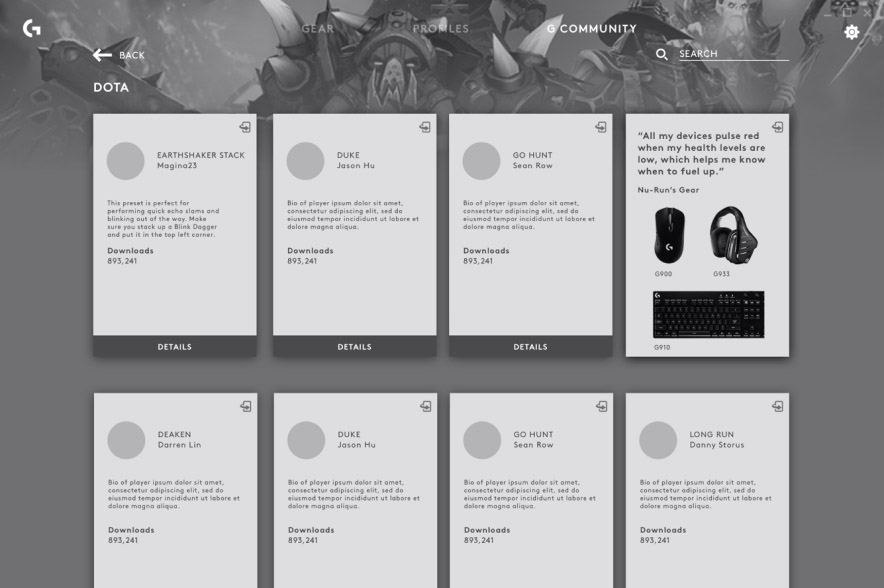
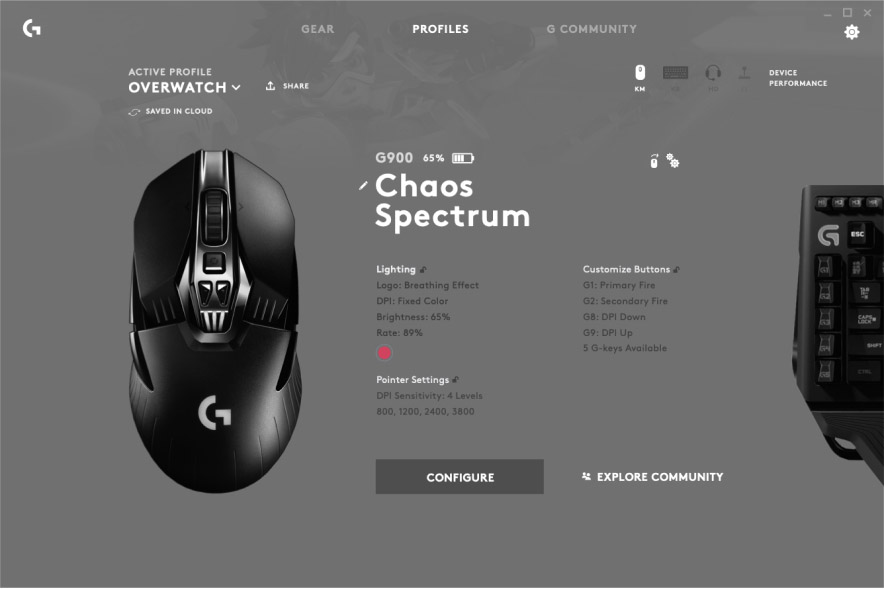
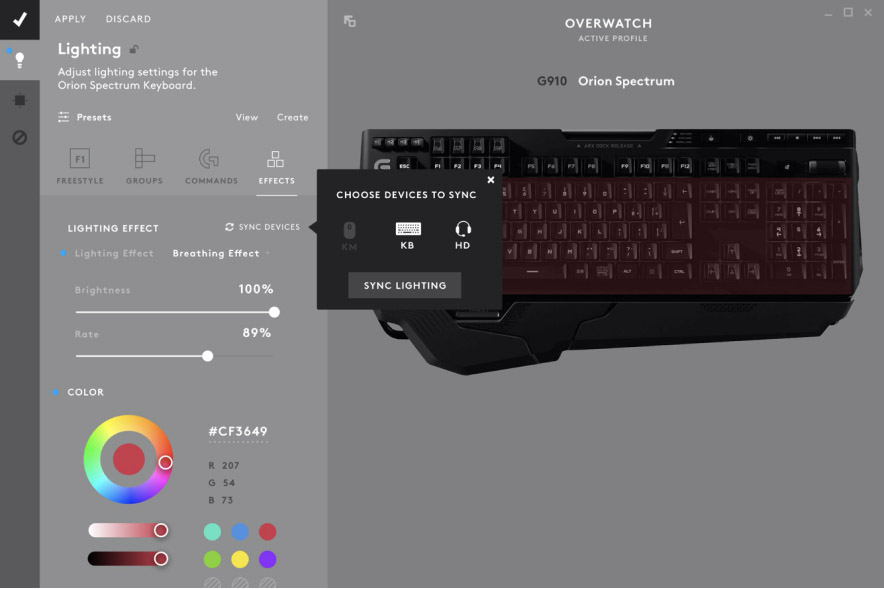
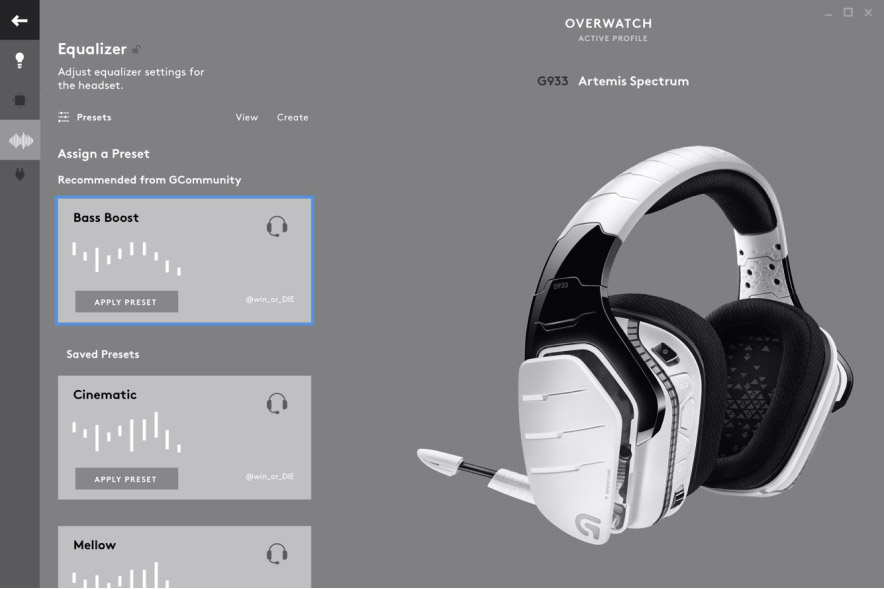
User Testing
Quick validation with daily iteration
We conducted a 2-week study with daily design iteration. In order to convey realism, we built the entire test in a believably real clickable prototype. We developed an extensive set of tests with “Missions” for users to complete and questions to ask after they tried. Using a Wizard of Oz-style technique, we controlled the devices they were configuring from another room to give them the impression they were using the final software.

Flinto Prototype


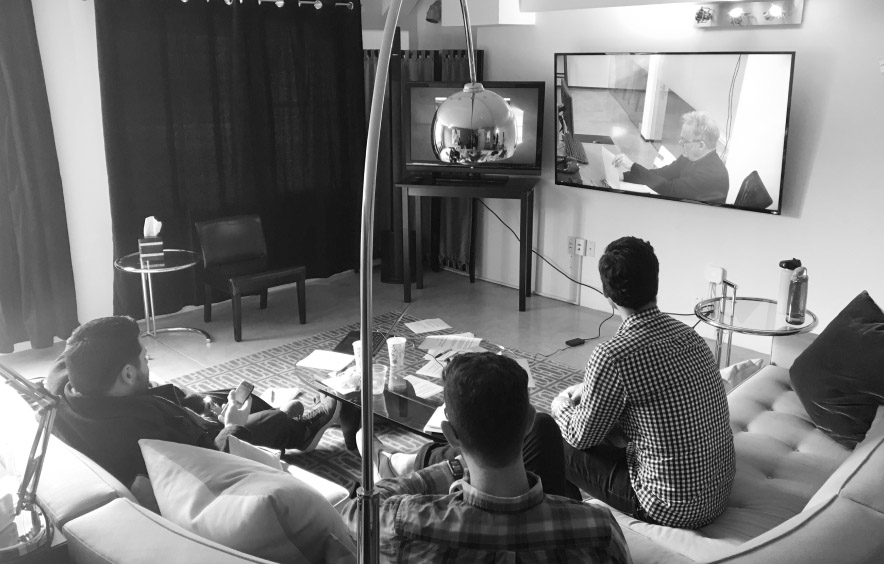
Interaction Principles
Cueing the layered interaction model
Cueing the layered interaction model
In order to convey the information hierarchy, we created a z-space dimensional interaction model where menus become more specific the further forward you go. We developed 4 principles to guide the interaction model.


Project Impact
Logitech officially launched G Hub in February 2019. Gamers worldwide use it with their Logitech gaming devices.
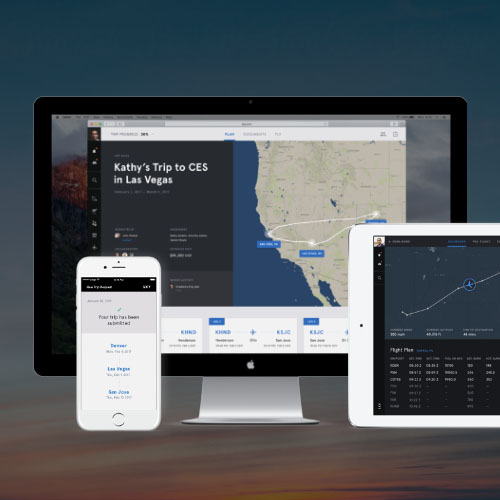
Aviation ClientProduct and Service Ecosystem

Connected FoodHardware Prototyping & Speculative Design

Future of FinanceStrategic Design
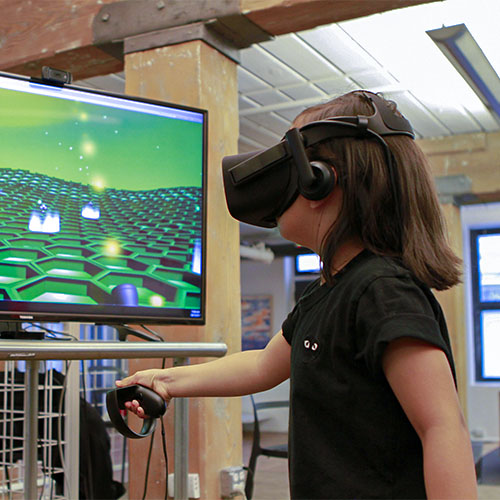
ScoutImmersive and Personalized Education
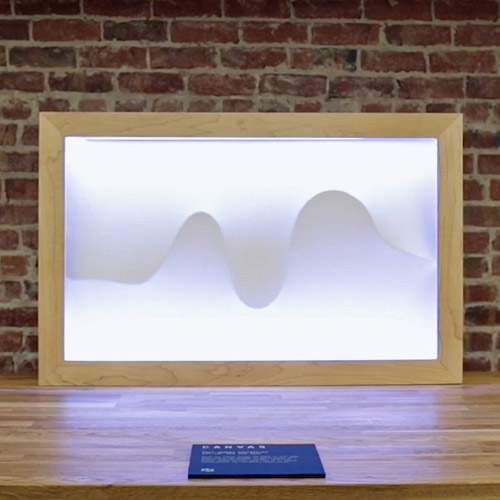
Surrounded by DataExploration of Future Interfaces & IoT
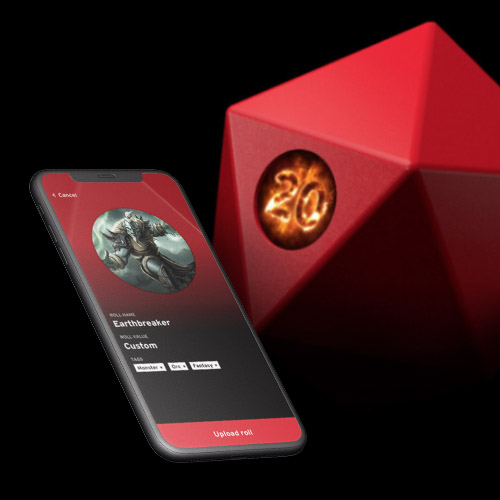
BIG20Physical Product Launch
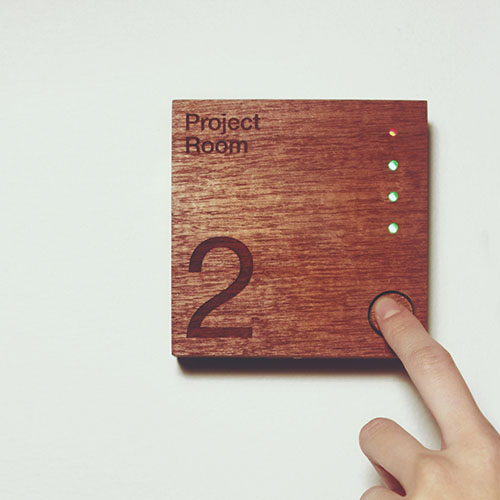
RoomieIoT Connected Room Sign
